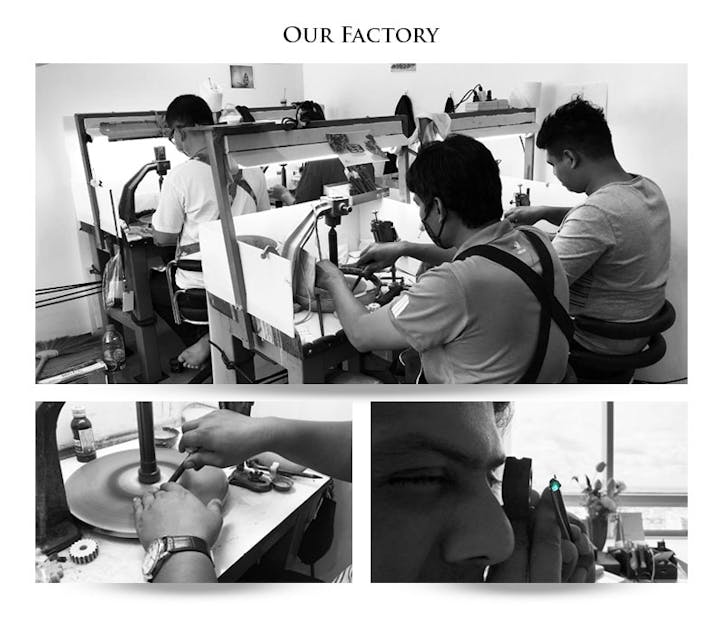
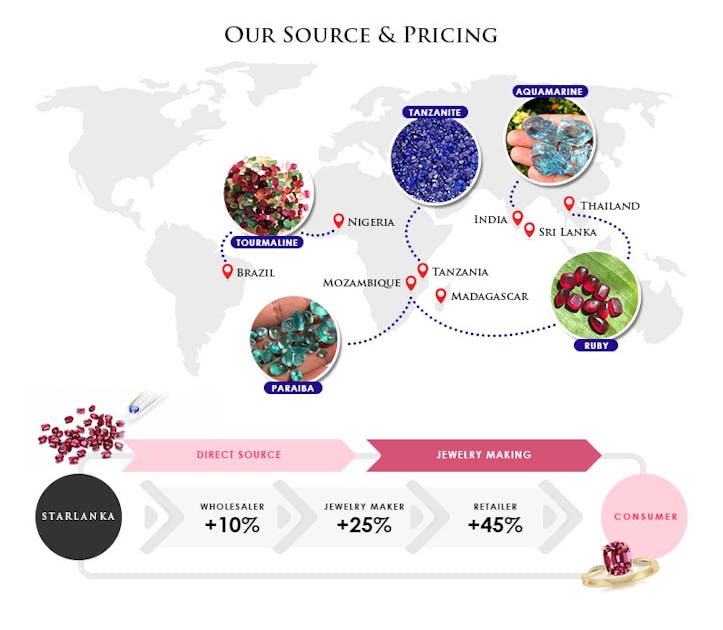


US$ 6,420
Loose Demantoid Garnet Gemstone GIA Certified Demantoid Garnet
Demantoid Garnet price per carat US$ 1,254
In stock
Choose from 3 or 6 monthly payment
| Sample | 1st month | 2nd month | 3rd month |
|---|---|---|---|
| US$ 900 |
PAID |
PAID US$ 300 |
PAID US$ 300 |
| HOLD US$ 600 |
HOLD US$ 300 |
HOLD US$ 0 |
| PRICE | PLAN |
|---|---|
| US$ 0 - 299 | None |
| US$ 300 - 3,000 | 3 months |
| US$ 3,000 - 50,000 | 3 & 6 months |
For more information view the splitit website

All our items are 100% Natural Gemstones – no lab or synthetic.
| sku | DG0001 |
|---|---|
| Type | Natural Demantoid Garnet |
| Piece(s) | 1 |
| Weight (ct) | 5.12 |
| Shape | Round |
| Treatment | Not Determined |
| Clarity | SI-2 - Visible Inclusions |
| Size (mm) | 10.28 x 10.33 x 6.63 |
| Origin | Namibia |
| Lab | GIA / None |
| Cert no. | 7206185465 |
SHARE ON SOCIAL MEDIA

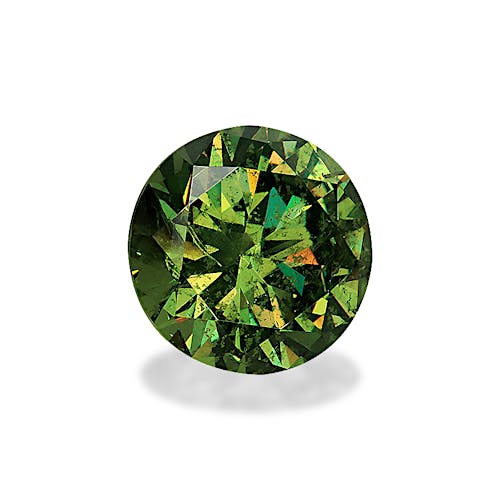
This color scheme is generated by the system using the colors from the product image.
*For Reference only
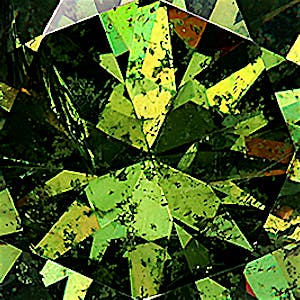
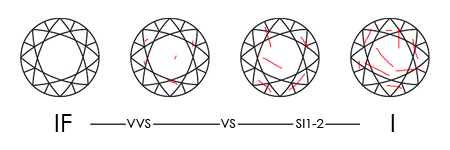
Slight Inclusion (SI-2) Clarity: These inclusions are noticeable and can be seen with a naked eye.
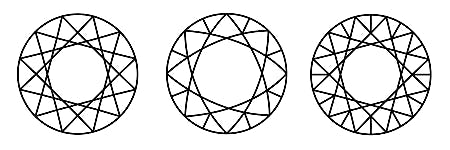
This is the geometric shape for the gemstone. Some shapes has variations due to dimension.

Cut to perfection to maintain high quality products in our inventory.
Our Gemstones are cut & polished by the same craftsman who make gemstones luxury brands, but sold at a fraction of the price.
We avoid traditional 10x mark-ups by being 100% transparent in our pricing and offer mine-to-market business model.
We provide gemstone certification service for all our gemstones and use only reputed labs for certification. Our partnered labs have been in the gem industry for very long time and we do not recommend any other lab that is not mentioned here for certification.
View Sample & Pricing


